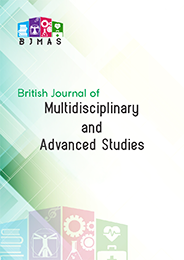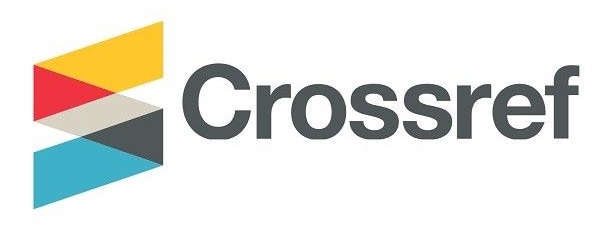Students’ Linguistic Moves In English Language Classroom Interactions In Relation To Teachers’ Control Strategies
DOI:
https://doi.org/10.37745/bjmas.2022.0410Abstract
This study examined students’ linguistic moves in relation to teachers’ control in English as a second language (ESL) classroom. The focus was on the impact of teachers’ control strategies on students’ linguistic contributions in ESL classrooms in Nigeria. A qualitative approach involving classroom observations and teacher interviews was used for data collection and analysis. The results reveal that teachers had continual control over classroom interaction. The students’ linguistic moves were determined by teachers’ discourse choices and control strategies, which mainly involved the use of display questions and instructions. The impact of teacher control on students’ verbal participation included students’ limited discourse initiation moves, increased responding moves, and silence to turn-taking. The study concluded that teachers exercise significant control over the classroom discourse, and this behaviour pattern dramatically impacts students’ linguistic contributions. It is recommended that teachers reflect on their discourse behaviour and interactional strategies to encourage students’ classroom linguistic contributions and the development of students’ communicative skills.
Downloads
Downloads
Published
Versions
- 31-01-2024 (2)
- 31-01-2024 (1)












